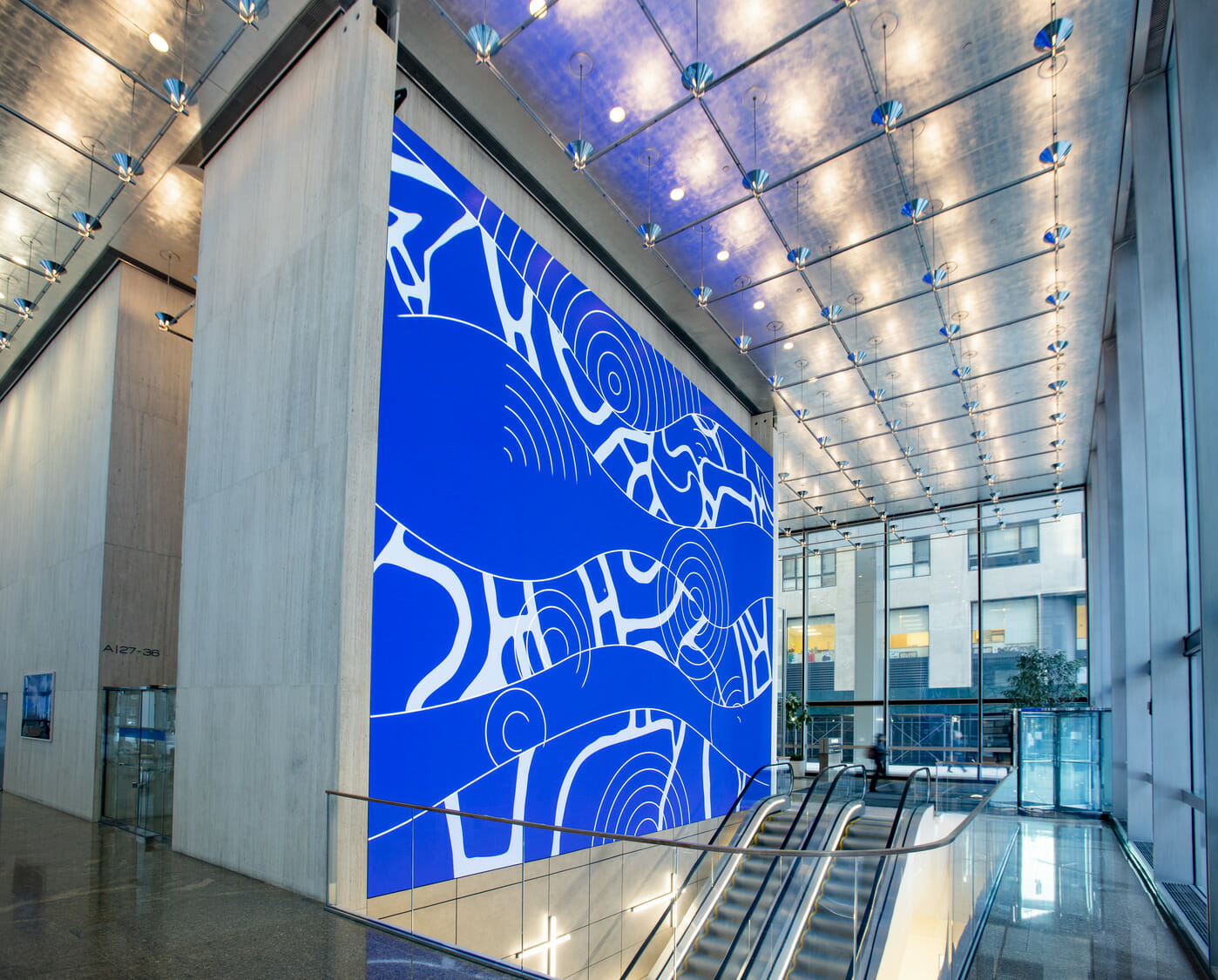Effective Strategies for Overcoming Temperature Challenges in Light Emitting Diode Wall Screens
Wiki Article
Light Emitting Diode wall panels are progressively common for various uses, such as advertising, events, and digital displays. Nevertheless, excess heat is a significant challenge that can affect their functionality and longevity. When LED screens become too hot, they may dim, color shift, or even malfunction completely. Grasping the reasons and implementing effective methods to control heat can assist maintain the ideal function of LED wall screens. This article will discuss several approaches to address excess heat issues related with these units.
One effective approach for stopping excess heat in LED panel panels is guaranteeing adequate ventilation. It is crucial to place these panels in environments where air flow is sufficient. This can be achieved by placing the panels in a well-ventilated area or using blowers to enhance airflow around the units. Additionally, if the panels are mounted in a confined area, establishing openings or implementing air ducts can help release heat more efficiently. Maintaining a lower surrounding temperature is crucial, as it immediately impacts the performance and lifespan of LED wall panels.
Another way to address excess heat is through the application of heat control materials. These materials can help take in, dissipate, or deflect heat away from the LED elements. Thermal sinks are frequently employed in many digital units, such as LED panels. These metal elements pull heat away from the LED diodes, permitting them to operate at a safer temperature. Additionally, heat-conducting compound or films can be applied to enhance heat transfer between the LED chips and the heat sinks, further boosting their cooling efficiency.

Routine maintenance and oversight of LED panel screens also play a critical part in preventing excess heat. Dirt and grime can build up on the faces of these panels, blocking airflow and trapping heat. Consistent tidying, using suitable tools, will ensure the screens free from blockages. Furthermore, tracking the heat level of the screens can help identify overheating issues before they turn into severe. web Using heat sensors can provide valuable data, allowing users to take corrective action if the panels begin to exceed secure operating temperatures.
The use of cutting-edge techniques can also help tackle excess heat issues in LED panel screens. Many contemporary LED screens come fitted with built-in heat control systems. These systems can instinctively modify the luminosity of the screen based on the temperature, reducing heat generation when necessary. Additionally, software solutions can monitor the performance of the panels and provide alerts if overheating is detected. Incorporating these technologies can significantly improve the longevity and dependability of LED wall panels.
In summary, controlling excess heat in LED panel screens is essential for ensuring their performance and lifespan. Implementing strategies such as ensuring adequate ventilation, using thermal control materials, conducting regular maintenance, and utilizing cutting-edge tools can help reduce overheating challenges. By taking these proactive measures, users can benefit from the full benefits of LED wall screens while minimizing the risk of heat-related issues. This approach not only enhances the functionality of the screens but also adds to a more sustainable and effective use of technology in multiple uses.